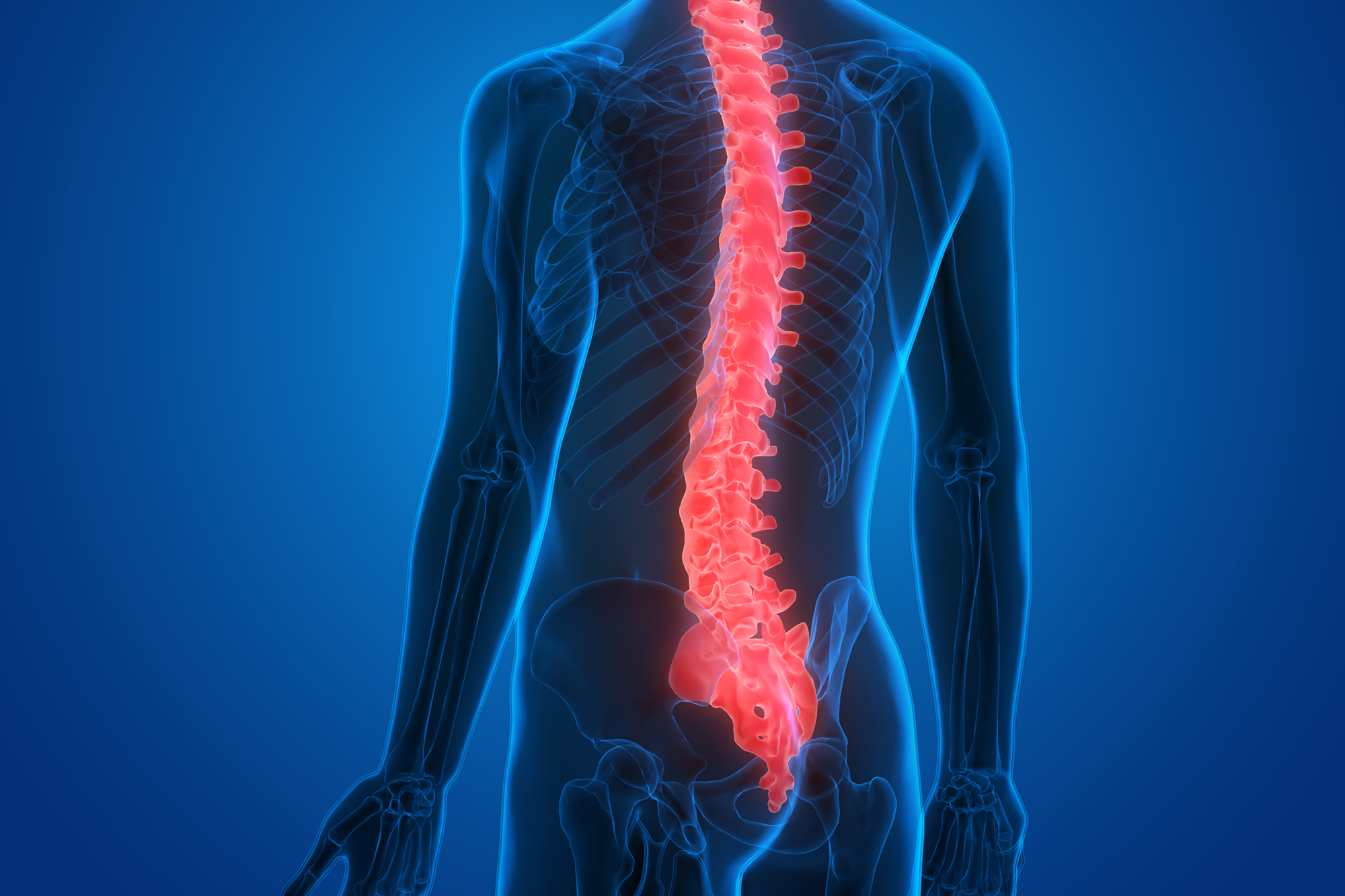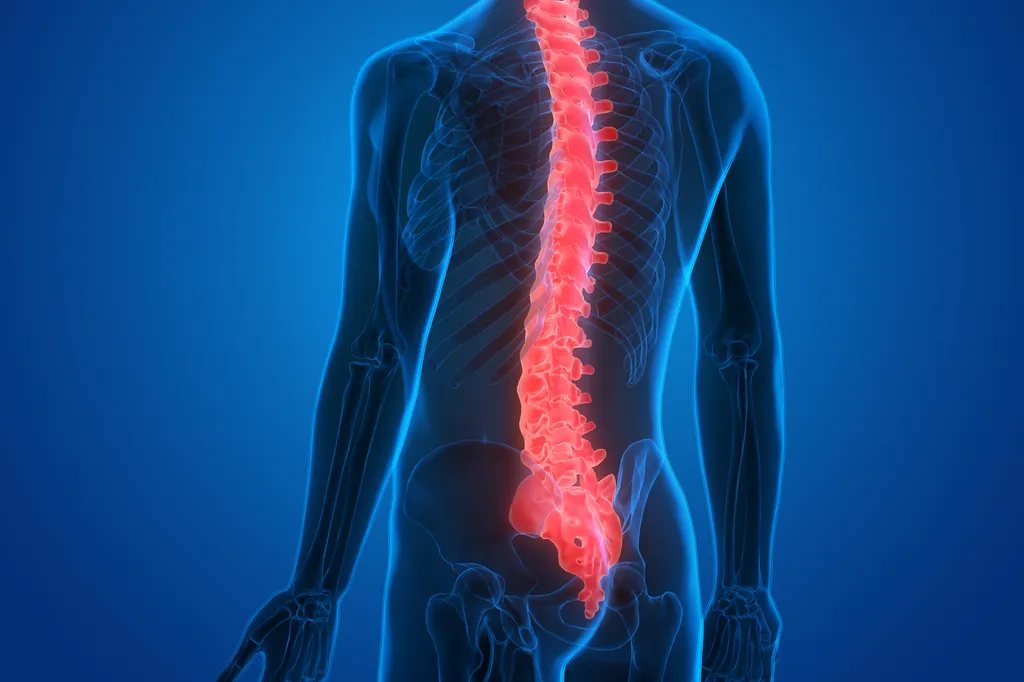

The National Spinal Cord Injury Statistical Center estimates that roughly 300,000 Americans today live with a spinal cord injury.
Following a novel treatment developed with the help of the Advanced Photon Source, paralyzed mice can now “walk” once again.
The Science Behind the Treatment
A new injectable treatment for spinal cord injury makes use of specially created molecules that prompt spinal cells to respond by healing. The scientists used X-ray characterization at the Advanced Photon Source (APS). This allowed the scientists to ascertain the structure of these molecules as they combined to create small fibers in a liquid solution.
These fibers’ motion may be controlled by scientists, making it possible for the fibers to interact with the spinal cells more effectively.

In a new injectable therapy that repairs spinal cord injuries, molecules form nanofibers that ‘dance’ around, making communication with cells to repair the injured spinal cord more likely. Credit: Northwestern University
The Treatment’s Impact
Every year, hundreds of thousands of individuals have spinal injuries that often result in paralysis. For many years, researchers have been looking for a cure for these injuries. With only one dosage, this new injectable treatment reversed paralysis in mice after four weeks.
If it works the same way in people, individuals with serious spinal injuries could have a chance to walk once again. The techniques and approaches to characterization with X-rays could also help develop other therapeutic approaches requiring insights into the molecular structure.
A paralyzed mouse (left) drags its hind legs, compared to a paralyzed mouse that has regained its ability to move its legs after receiving Northwestern’s injectable therapy. Credit: Samuel I. Stupp Laboratory/Northwestern University
Summary
A critical portion of this research into a novel treatment for spinal injuries was conducted at the APS, a Department of Energy (DOE) Office of Science user facility at Argonne National Laboratory. There, scientists from Northwestern University and the Air Force Research Laboratories used ultrabright X-ray beams to study the structure of the engineered molecules and how they behaved together in a solution.
Injected as a liquid, the molecules came together to form tiny fiber structures (called nanofibers) that surrounded the spinal cord.
A simple animation shows how a single injection restores connections in the nervous system below the site of a severe spinal cord injury. Credit: Samuel I. Stupp Laboratory/Mark Seniw/Northwestern University
In the APS studies, the researchers discovered that the motion of molecules within the nanofibers could be controlled by changing their chemical structure. It turned out that molecules that moved most —“danced” more — were more likely to signal spinal cells via proteins called receptors, resulting in a more effective treatment.
Knowing the structure of the molecular matrix allowed researchers to tune the motion of the molecules. By making the molecules “dance,” they were more likely to find and engage cellular receptors, triggering the cells to repair damaged neurons.
Reference: “Bioactive scaffolds with enhanced supramolecular motion promote recovery from spinal cord injury” by Z. Álvarez, A. N. Kolberg-Edelbrock, I. R. Sasselli, J. A. Ortega, R. Qiu, Z. Syrgiannis, P. A. Mirau, F. Chen, S. M. Chin, S. Weigand, E. Kiskinis and S. I. Stupp, 11 November 2021, Science.
DOI: 10.1126/science.abh3602
The study was funded by the Air Force Research Laboratory, the NIH/National Institute of Neurological Disorders and Stroke, the NIH/National Institute on Aging, the Les Turner ALS Foundation, the New York Stem Cell Foundation, the Paralyzed Veterans of America Research Foundation, the National Science Foundation, and the French Muscular Dystrophy Association.